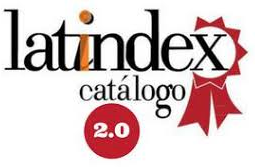Integration of Films in Education: Practices in Teaching Literature
Keywords:
Classroom, Education, Film, Literature, TeachingAbstract
The film is currently regarded as one of the most effective means of conveying intellectual messages, imparting implicit goals, and addressing life in all its aspects. Cinematic film has become a vital instrument for many to present and display their national identity, which plays a major role in the ideological, social, and historical framework. This paper deals with integrating cinematic film into
the classroom and educational setting. It attempts to discover how cinema can be employed in education due to its profound impact on students and the community at large. This study aims to investigate the possibility of teaching literature by using film as a pedagogical tool to help students develop their critical and reflective thinking. The study uses the descriptive-analytical method. The
film Still Alice, which was adapted from the same-titled novel, serves as a model for this study. Thus, the study reveals that the film is capable of presenting a parallel language that is not focused on in schools and universities, which is the visual language that forms the basis of the modern era. Visual language, if used creatively, away from its stereotypical forms that are prevalent in television and other mass media, can help students expand their skills for self-expression and communication beyond the boundaries of language. As a result, it can help students become more adept at deciphering visuals and comprehending how they function in various contexts.








